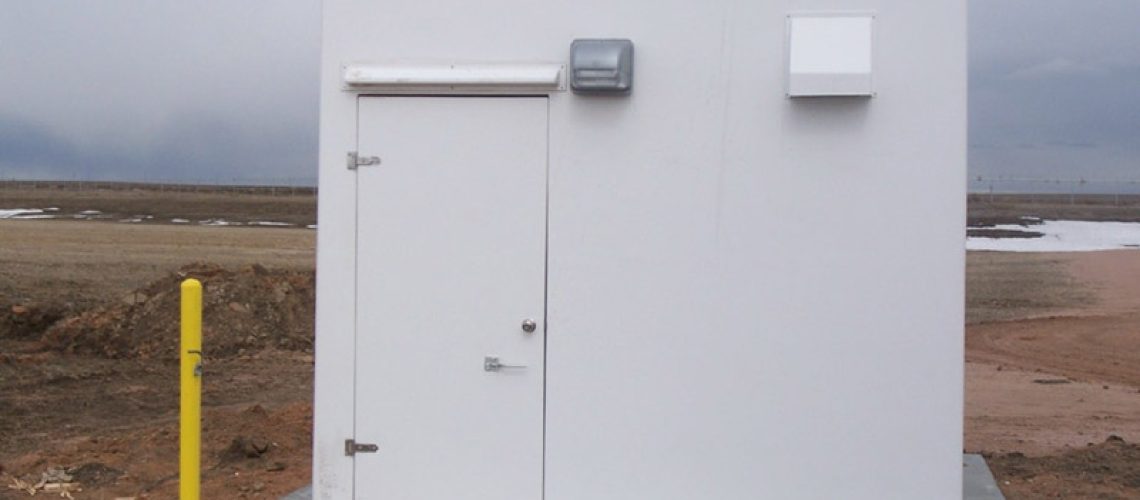Fiberglass reinforced plastic (FRP) isn’t the only material that can be used for wastewater management or other industrial applications, but there’s no question it’s often the best option. Here are, in no particular order, the top six reasons to go with an FRP flume or shelter the next time you have a project on the horizon.
1. A Lightweight Material with Easy Installation
Instead of choosing steel or aluminum for your next industrial application, consider going with FRP. FRP weighs a fraction of these materials, yet is still strong enough to withstand the same applications of force thanks to its high strength-to-weight ratio. A quarter inch sheet of stainless steel generally weighs 11 pounds, whereas a sheet of FRP of the same size weighs, on average, 2 pounds—5.5 times less than steel. At 3.5 pounds per sheet on average, aluminum still weighs remarkably more than FRP. Choosing an FRP flume over aluminum or steel would make for a much easier installation, thanks to its lightweight body.
2. FRP Flumes are Low Maintenance
FRP proves time and again to require little to no maintenance once its been installed. Unlike many metals, FRP does not tend to freeze in place due to corrosion, and it therefore doesn’t require that frequent attention and exercising be paid to it. FRP is durable enough to withstand many harsh circumstances, whereas sheet metal often deforms or dents, thus requiring frequent upkeep.
3. Resistant to Corrosion
As mentioned previously, FRP requires little maintenance because it resists corrosion. FRP flumes, when paired with the right resin, can hold up in even the toughest environments. Metals and woods are vulnerable to many materials that don’t affect FRP, including Hydrogen Sulfide, Hydrochloric Acid and Sulfuric Acid. The right FRP can be exposed to any element—fresh, salt and sanitary water included—that would normally corrode any other applicable materials.
4. Advantages with Acoustics
If your project necessitates keeping sound pollution at bay, metals simply won’t do the trick—even when paired with additional materials. FRP makes it much easier to customize a space where you can completely eliminate outside sound, thanks to the fact that it already absorbs sound waves itself.
5. Shaping Versatility
Compared with metal, it’s quite easy to manipulate FRP into many different sizes and shapes. It can also be changed by different resins. For example, the right resin used on FRP can make it flame-retardant. Other resins can make it withstand very cold or very hot environments, a quality that is not always possible with metals or wood.
6. An Insulator, Not a Conductor
FRP is non-conductive, meaning it can function as an electrical insulator—it does not allow electric waves to pass through. It can also be an extremely important material when there is a need to house equipment or instruments that require accurate readings. FRP works better than other materials in these cases because of its transparency to interference by electromagnets and radio frequencies.
FRP flumes, shelters and other objects often have certain advantages that are unmatched by other materials. Contact Tracom, Inc. the next time you have an industrial project underway. We’ll be happy to tell you more about the uses and advantages of FRP and even provide a quote to get you started as soon as possible.


